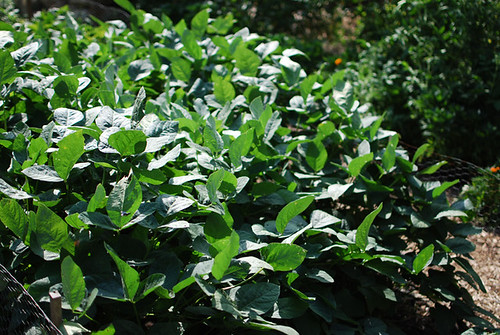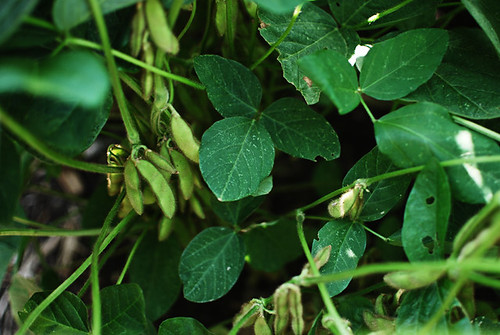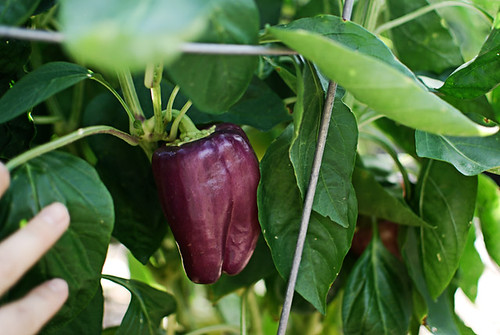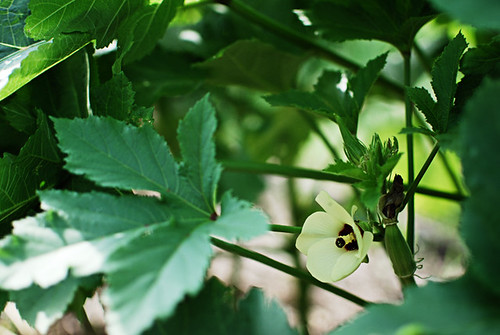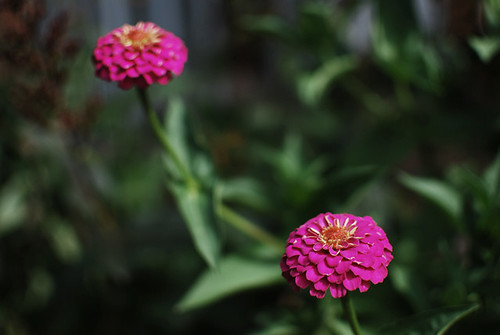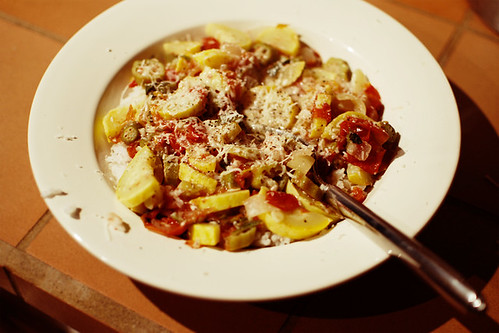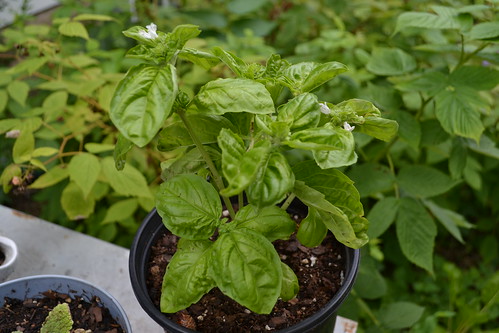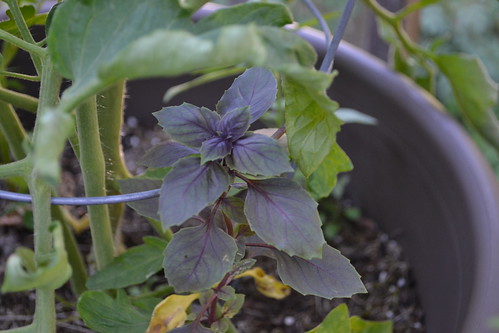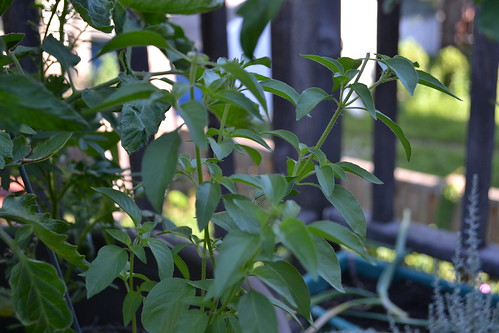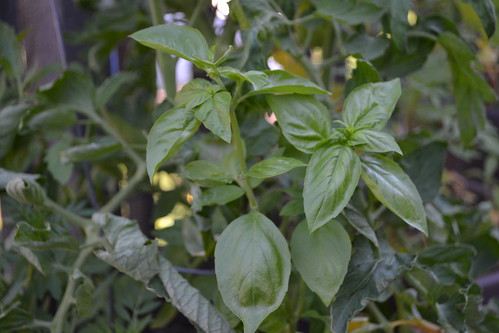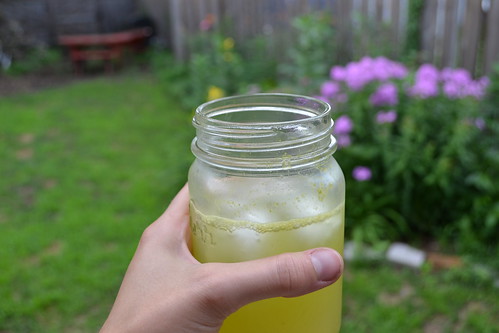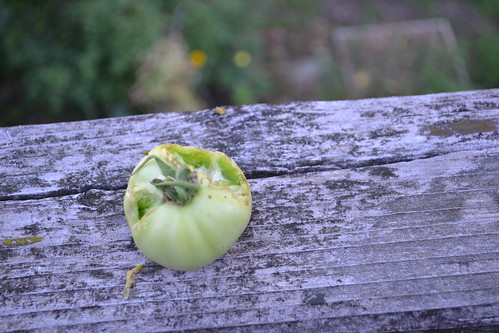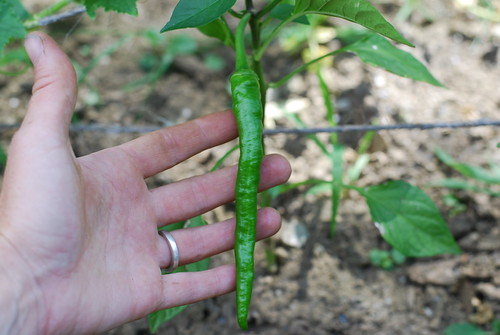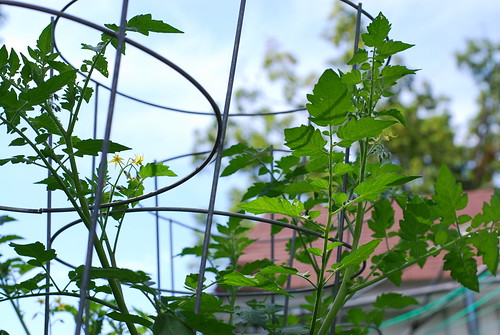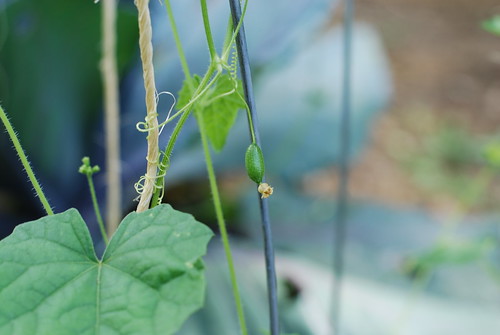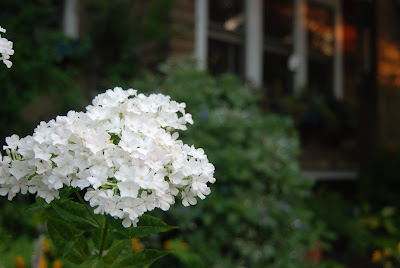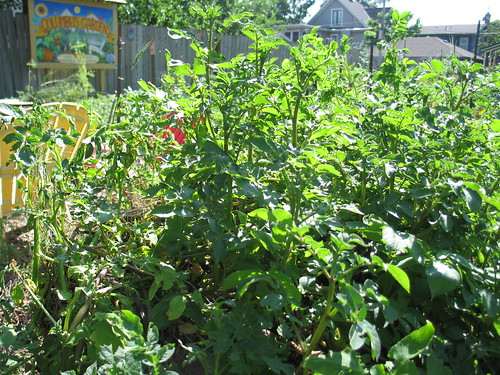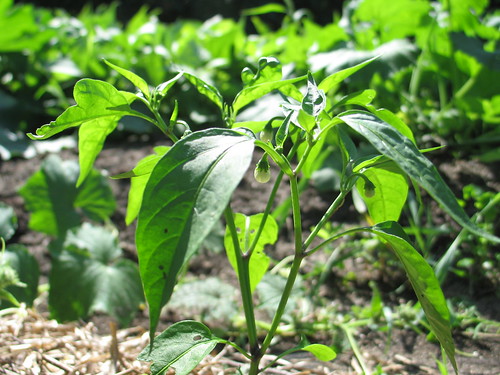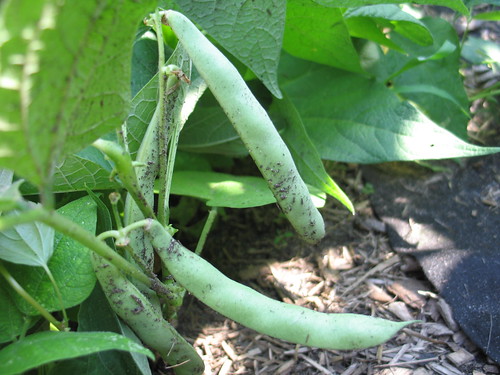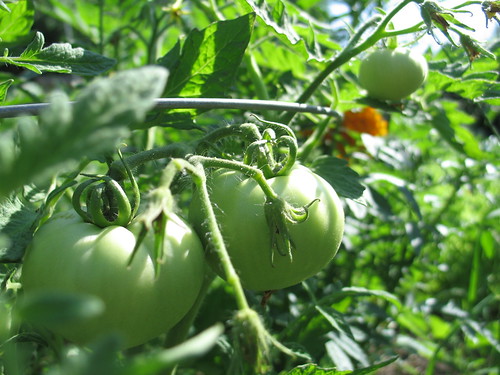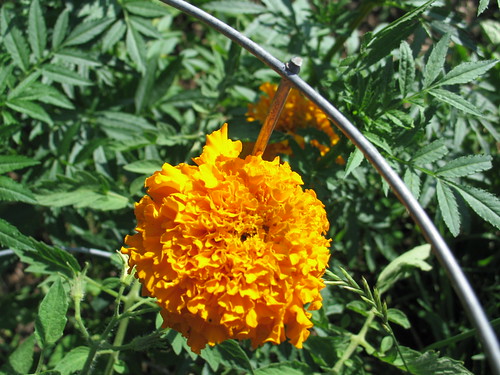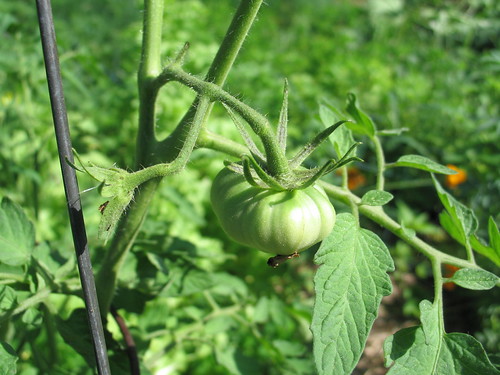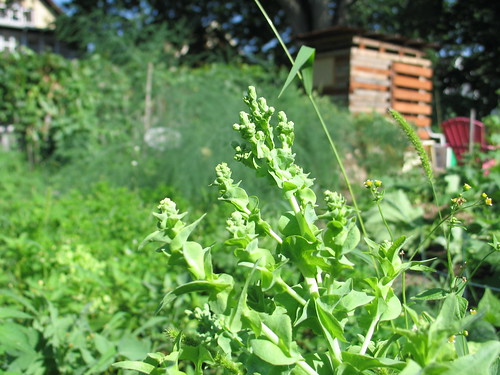
i planted comfrey last year after I read that is was a good source of nitrogen and potash and could be made into a valuable plant food that is ideal for potatoes and fruiting plants like tomatoes and peppers. it can also be used as a foliar feed.
comfrey also works as a compost activator, and if added to a compost heap it will help speed up the composting process as well as adding its nutrients to the compost.





comfrey tea
1.harvest your comfrey. comfrey is a very vigorous plant. once it has established in your garden, you will be able to harvest the leaves several times throughout the growing season. simply cut the leaves right back and gather them up.
2.put the comfrey in a container. to make liquid feed from your comfrey, you will need a container with a lid. if it has a tap as well, that makes life easier later on. stuff your comfrey leaves into the container -- cram in as many as you can.
3.put a stone on top of the leaves to weigh them down.
4.don't add water. many recipes for making comfrey tea advise adding water, but when comfrey leaves rot down in water, they make a horrible smell. if you don't add water, the leaves will still rot down
5.put the lid on to keep rain and bugs out.
6.wait 6 weeks. comfrey leaves will take a few weeks to rot down -- you can keep checking on the progress, but expect it to be about 6 weeks before they're finished decomposing.
7.drain off the liquid. it will look a little like a dark brown syrup and have very little odor.
8.add the remains of the rotted comfrey leaves to the compost.
9.start again. if your comfrey plant has grown a new crop of leaves, then you can start the process over.
10.use your feed. your comfrey liquid needs to be watered down 15:1 before use. it is high in potassium, and makes an excellent feed for flowers, tomatoes, peppers, or any fruiting plant. water plants directly with the diluted tea or place in a spray bottle and give plants a foliar feed. i look forward to trying this with my house plants this winter.

